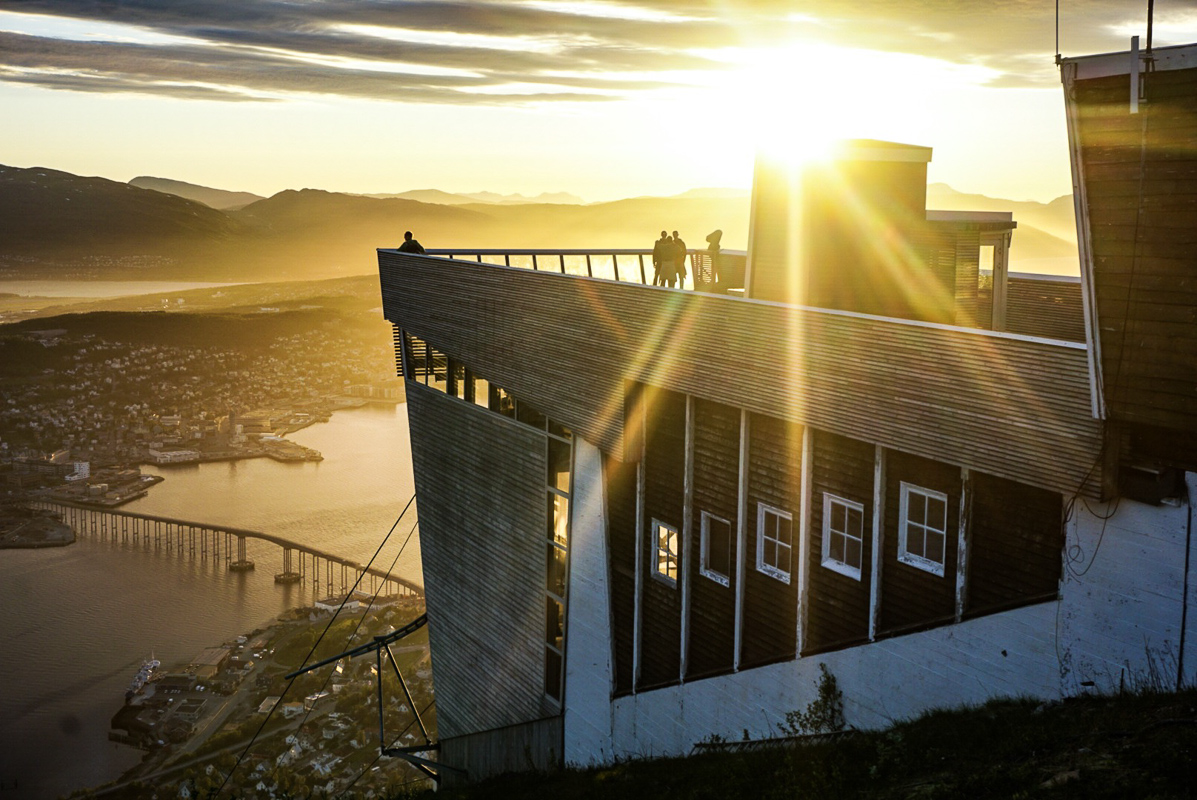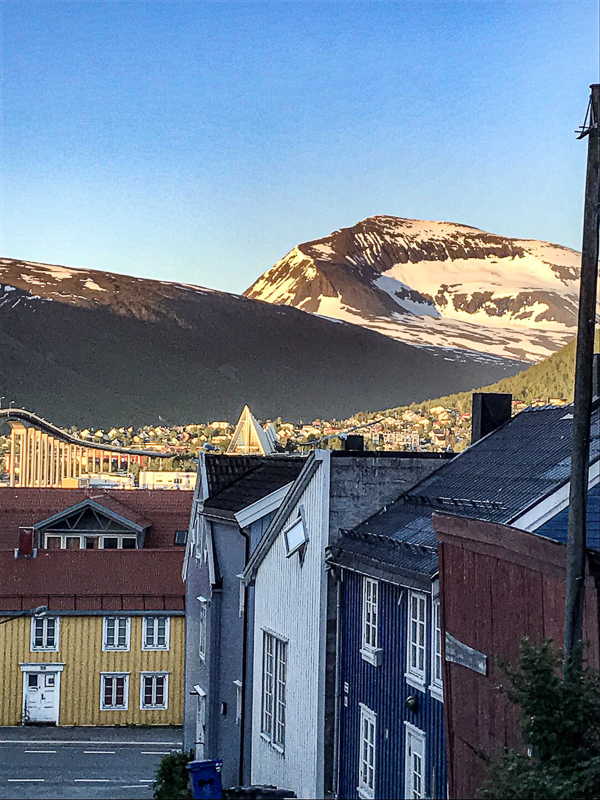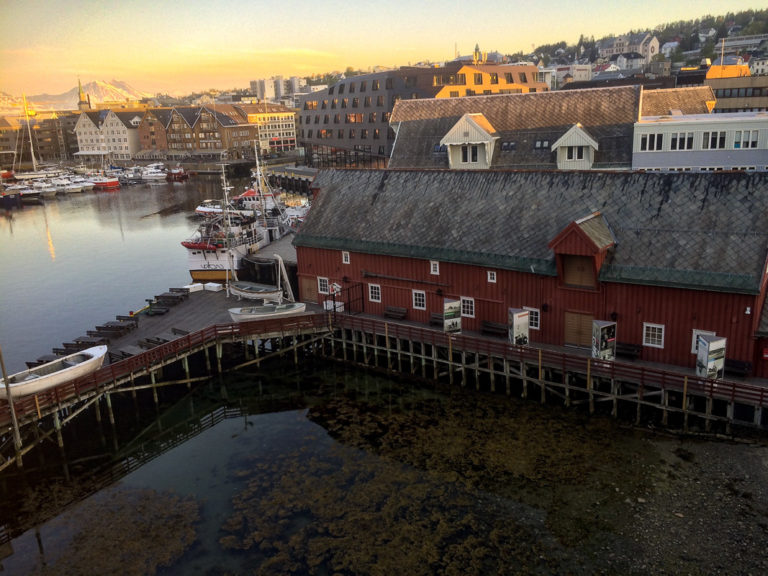Seventy years ago, Kirkenes found itself on the front line of one of the coldest, hardest and most merciless theatres of World War II: the Murmansk front.
During the brief military campaign in Norway in 1940, Kirkenes was far removed from the military actions, and the town was occupied by the German forces in June 1940 without much ado. The situation changed in the summer of 1941, however, when North-Eastern Norway became the staging area for the German assault on the Soviet Union. The target for the German Wehrmacht was the harbour city of Murmansk, just 200 km from the border. However, at Litsaelva – halfway between Kirkenes and Murmansk – the offensive ground to a halt and hardly made any further progress during almost three years of hostilities.
One of the most frequently bombed towns in Europe
Kirkenes found itself in a very exposed position, and was subjected to constant bombing attacks from the hard-pressed Soviet forces. The air raid sirens sounded more than 1,000 times in Kirkenes, and the town was actually bombed over 300 times.
The worst attack of all took place on 4 July 1944, when 140 houses were left in flames following a comprehensive Soviet assault. Kirkenes became one of the most frequently bombed towns on the European mainland – second only to Valletta on Malta. During the bombing raids people sought safety in Andersgrotta, an air-raid shelter in the centre of the town.
South Varanger was a battlefield arena
Before the war, the population of the Municipality of South Varanger numbered 7,000. Around half a million German troops fought on the Murmansk front on Soviet, Finnish and Norwegian territory. On the Litsa front, around 200,000 German soldiers were engaged in military action for most of the period. Of these, around 70–100,000 were billeted in the Kirkenes area at any given time. Up to 65,000 Soviet prisoners of war were held in horrific conditions in 60 POW camps in South Varanger.
The forces retreated swiftly but destructively
In autumn 1944, the German Wehrmacht finally withdrew from the Litsa front. Finland pulled out of its alliance with Germany, and it became impossible to hold Finnmark. The Germans retreated and burned what little remained of the buildings in Kirkenes. On 25 October 1944, Kirkenes was the first place in Norway to be liberated by the Red Army, and the soldiers were given a heroes’ welcome by the local population.
There are traces all over the place
During three years of hostilities, hundreds of thousands of people left their mark on this remote Arctic landscape. In the centre of Kirkenes stands a monument in memory of the brave Soviet soldier – in unmistakably Soviet style. The Borderland Museum puts the campaign in perspective. A guided tour of the Andersgrotta bomb shelter (the engineer who built it was called Anders) provides a physical sense of the war. In Vaggetem in Pasvikdalen, you can visit a well-preserved POW camp.




